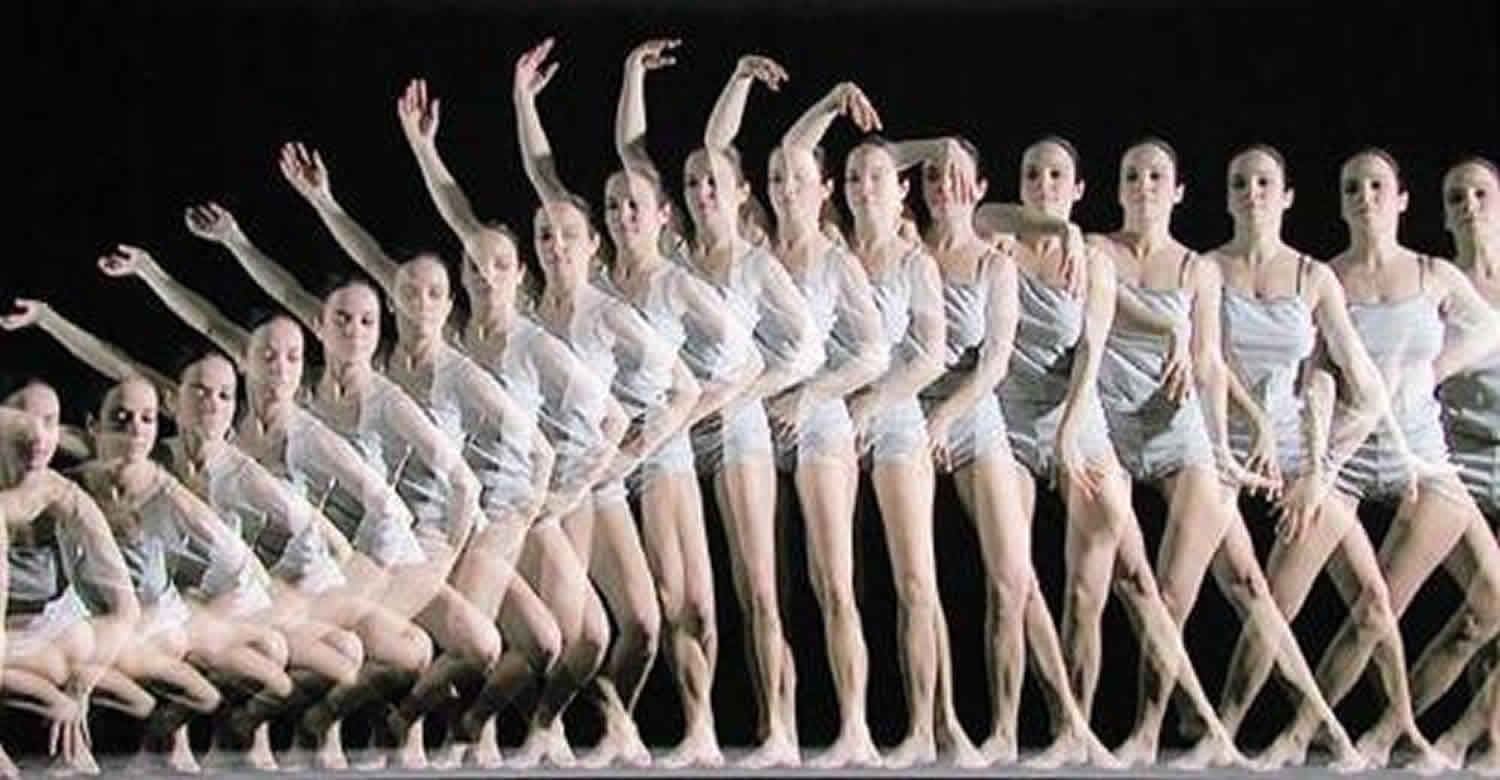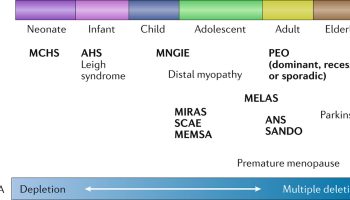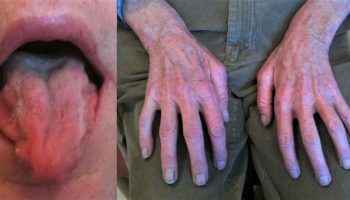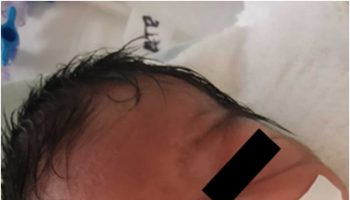Akinetopsia
Akinetopsia also known as cerebral akinetopsia or motion blindness, is a rare neuropsychological disorder in which a patient specifically loses the ability to perceive visual motion despite being able to see stationary objects without issue following cortical lesions outside the striate cortex 1. Reportedly, bilateral cortical injury might be necessary for symptomatic akinetopsia 2. However, Cooper et al. 3 reported that unilateral lesions can induce global akinetopsia as well. People with akinetopsia see the world as a series of freeze-frame images. Patients with akinetopsia say that smooth movements of objects appear as a discontinuous freeze frame image 3. Therefore, patients have difficulty, for example, in pouring tea into a cup because the fluid appears to be frozen, like a glacier 4. Patients with akinetopsia often bump in things, get confused about how things got moved around, have difficulty in crossing roads and driving and are accident-prone.
Cerebral akinetopsia symptom is believed to result from damage to the visual motion pathway, especially area V5/medial temporal cortex (MT) complex 1. Transcranial Magnetic Stimulation study revealed that akinetopsia can be induced selectively and temporarily by magnetic stimulation of area MT/V5 in healthy subjects 5. Akinetopsia was also reported in patients with traumatic brain injury, Alzheimer’s disease, and stroke 2. Sakurai et al describe a patient who showed akinetopsia recurrently as epileptic seizures 6.
Akinetopsia causes
- Brain lesions. Akinetopsia may be an acquired deficit from lesions in the posterior side of the visual cortex. The neurons of the middle temporal cortex respond to moving stimuli and hence the middle temporal cortex is the motion-processing area of the cerebral cortex.
- Alzheimer’s disease. Besides anamnesis problems, Alzheimer’s patients may accept capricious degrees of akinetopsia. This could accord to their apparent disorientation, memory problems etc.
- Drugs induced akinetopsia. Antidepressants. Inconspicuous akinetopsia can be triggered by high doses of certain antidepressants with vision returning to normal once the dosage is reduced. Antidepressant Nefazodone ( drug that blocks serotonin reuptake and antagonizes 5-HT2 receptors.).
Akinetopsia signs and symptoms
Akinetopsia can be separated into two categories based on symptom severity and the amount the akinetopsia affects the patients quality of life 7:
- Inconspicuous akinetopsia. Inconspicuous akinetopsia is often described by seeing motion as a cinema reel or a multiple exposure photograph. This is the most common kind of akinetopsia and many patients consider the stroboscopic vision as a nuisance. The akinetopsia often occurs with visual trailing (palinopsia), with afterimages being left at each frame of the motion. It is caused by prescription drugs, hallucinogen persisting perception disorder and persistent aura without infarction.
- Gross akinetopsia. Patients have profound motion blindness and struggle in performing the activities of daily living. Instead of seeing vision as a cinema reel, these patients have trouble perceiving gross motion.
- Zeki S. Cerebral akinetopsia (visual motion blindness). A review. Brain. 1991;114 ( Pt 2):811–824. doi:10.1093/brain/114.2.811 https://doi.org/10.1093/brain/114.2.811[↩][↩]
- Tsai P.H., Mendez M.F. Akinetopsia in the posterior cortical variant of Alzheimer disease. Neurology. 2009;73:731–732.[↩][↩]
- Cooper S.A., Joshi A.C., Seenan P.J., Hadley D.M., Muir K.W., Leigh R.J. Akinetopsia: acute presentation and evidence for persisting defects in motion vision. J Neurol Neurosurg Psychiatry. 2012;83:229–230.[↩][↩]
- Zihl J., Cramon D.V., Mai N. Selective disturbance of movement vision after bilateral brain damage. Brain. 1983;106:313–340.[↩]
- Beckers G., Hömberg V. Cerebral visual motion blindness: transitory akinetopsia induced by transcranial magnetic stimulation of human area V5. Proc Biol Sci. 1992;249:173–178.[↩]
- Sakurai K, Kurita T, Takeda Y, Shiraishi H, Kusumi I. Akinetopsia as epileptic seizure. Epilepsy Behav Case Rep. 2013;1:74–76. Published 2013 May 20. doi:10.1016/j.ebcr.2013.04.002 https://www.ncbi.nlm.nih.gov/pmc/articles/PMC4150625[↩]
- Arakelyan, Hayk. (2017). Akinetopsia and Drugs.[↩]





